Author Archives: Bas Westerbaan
Author Archives: Bas Westerbaan
On October 24, 2024, the National Institute of Standards and Technology (NIST) announced that they’re advancing fourteen post-quantum signature schemes to the second round of the “signatures on ramp” competition. “Post-quantum” means that these algorithms are designed to resist the attack of quantum computers. NIST already standardized four post-quantum signature schemes (ML-DSA, SLH-DSA, XMSS, and LHS) and they are drafting a standard for a fifth (Falcon). Why do we need even more, you might ask? We’ll get to that.
A regular reader of the blog will know that this is not the first time we’ve taken measure of post-quantum signatures. In 2021 we took a first hard look, and reported on the performance impact we expect from large-scale measurements. Since then, dozens of new post-quantum algorithms have been proposed. Many of them have been submitted to this new NIST competition. We discussed some of the more promising ones in our early 2024 blog post.
In this blog post, we will go over the fourteen schemes advanced to the second round of the on ramp and discuss their feasibility for use in TLS — the protocol that secures browsing the Internet. The defining Continue reading
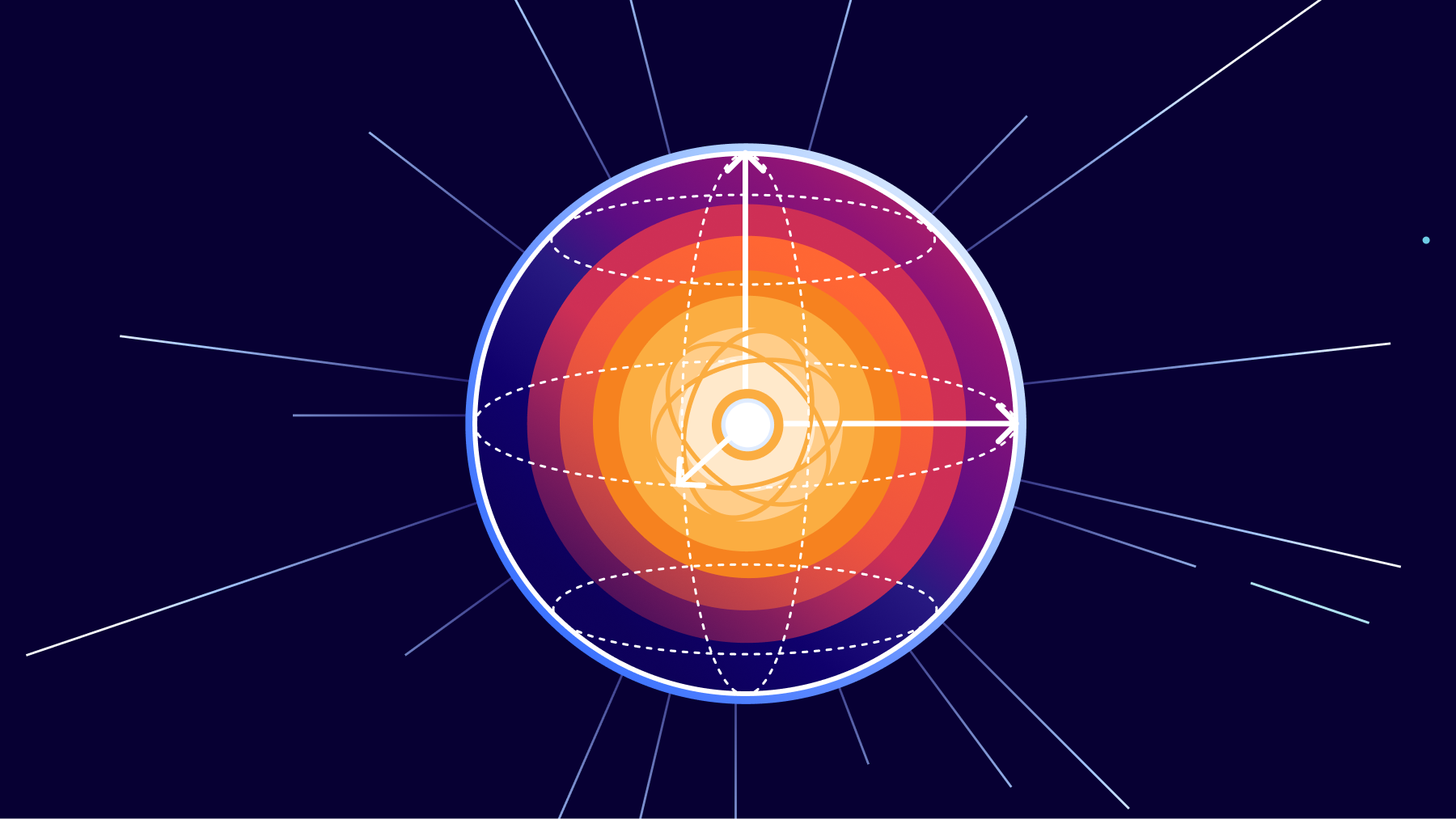
Today, nearly two percent of all TLS 1.3 connections established with Cloudflare are secured with post-quantum cryptography. We expect to see double-digit adoption by the end of 2024. Apple announced in February 2024 that it will secure iMessage with post-quantum cryptography before the end of the year, and Signal chats are already secured. What once was the topic of futuristic tech demos will soon be the new security baseline for the Internet.
A lot has been happening in the field over the last few years, from mundane name changes (ML-KEM is the new name for Kyber), to new proposed algorithms in the signatures onramp, to the catastrophic attack on SIKE. Plenty that has been written merely three years ago now feels quite out of date. Thus, it is high time for an update: in this blog post we’ll take measure of where we are now in early 2024, what to expect for the coming years, and what you can do today.

First things first: why are we migrating our cryptography? It’s because of quantum computers. These marvelous devices, instead Continue reading


There is an expiration date on the cryptography we use every day. It’s not easy to read, but somewhere between 15 or 40 years, a sufficiently powerful quantum computer is expected to be built that will be able to decrypt essentially any encrypted data on the Internet today.
Luckily, there is a solution: post-quantum (PQ) cryptography has been designed to be secure against the threat of quantum computers. Just three months ago, in July 2022, after a six-year worldwide competition, the US National Institute of Standards and Technology (NIST), known for AES and SHA2, announced which post-quantum cryptography they will standardize. NIST plans to publish the final standards in 2024, but we want to help drive early adoption of post-quantum cryptography.
Starting today, as a beta service, all websites and APIs served through Cloudflare support post-quantum hybrid key agreement. This is on by default1; no need for an opt-in. This means that if your browser/app supports it, the connection to our network is also secure against any future quantum computer.
We offer this post-quantum cryptography free of charge: we believe that post-quantum security should be the new baseline for the Internet.
Deploying post-quantum cryptography seems like a Continue reading


Undoubtedly, one of the big themes in IT for the next decade will be the migration to post-quantum cryptography. From tech giants to small businesses: we will all have to make sure our hardware and software is updated so that our data is protected against the arrival of quantum computers. It seems far away, but it’s not a problem for later: any encrypted data captured today (not protected by post-quantum cryptography) can be broken by a sufficiently powerful quantum computer in the future.
Luckily we’re almost there: after a tremendous worldwide effort by the cryptographic community, we know what will be the gold standard of post-quantum cryptography for the next decades. Release date: somewhere in 2024. Hopefully, for most, the transition will be a simple software update then, but it will not be that simple for everyone: not all software is maintained, and it could well be that hardware needs an upgrade as well. Taking a step back, many companies don’t even have a full list of all software running on their network.
For Cloudflare Tunnel customers, this migration will be much simpler: introducing Post-Quantum Cloudflare Tunnel. In this blog post, first we give an overview of how Cloudflare Tunnel Continue reading
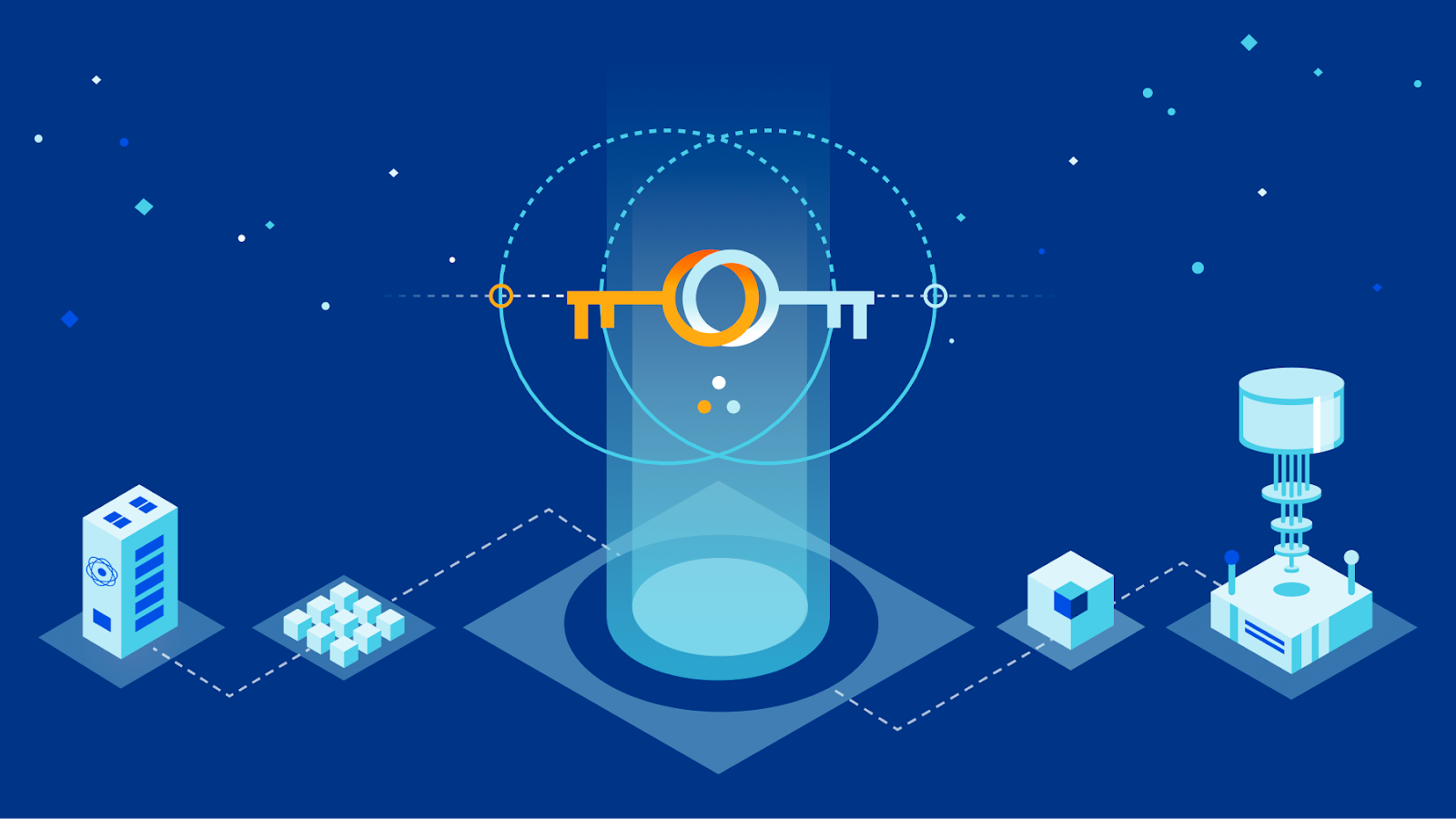

Practically all data sent over the Internet today is at risk in the future if a sufficiently large and stable quantum computer is created. Anyone who captures data now could decrypt it.
Luckily, there is a solution: we can switch to so-called post-quantum (PQ) cryptography, which is designed to be secure against attacks of quantum computers. After a six-year worldwide selection process, in July 2022, NIST announced they will standardize Kyber, a post-quantum key agreement scheme. The standard will be ready in 2024, but we want to help drive the adoption of post-quantum cryptography.
Today we have added support for the X25519Kyber512Draft00 and X25519Kyber768Draft00 hybrid post-quantum key agreements to a number of test domains, including pq.cloudflareresearch.com.
Do you want to experiment with post-quantum on your test website for free? Mail [email protected] to enroll your test website, but read the fine-print below.
If you enroll your website to the post-quantum beta, we will add support for these two extra key agreements alongside the existing classical encryption schemes such as X25519. If your browser doesn’t support these post-quantum key agreements (and none at the time Continue reading
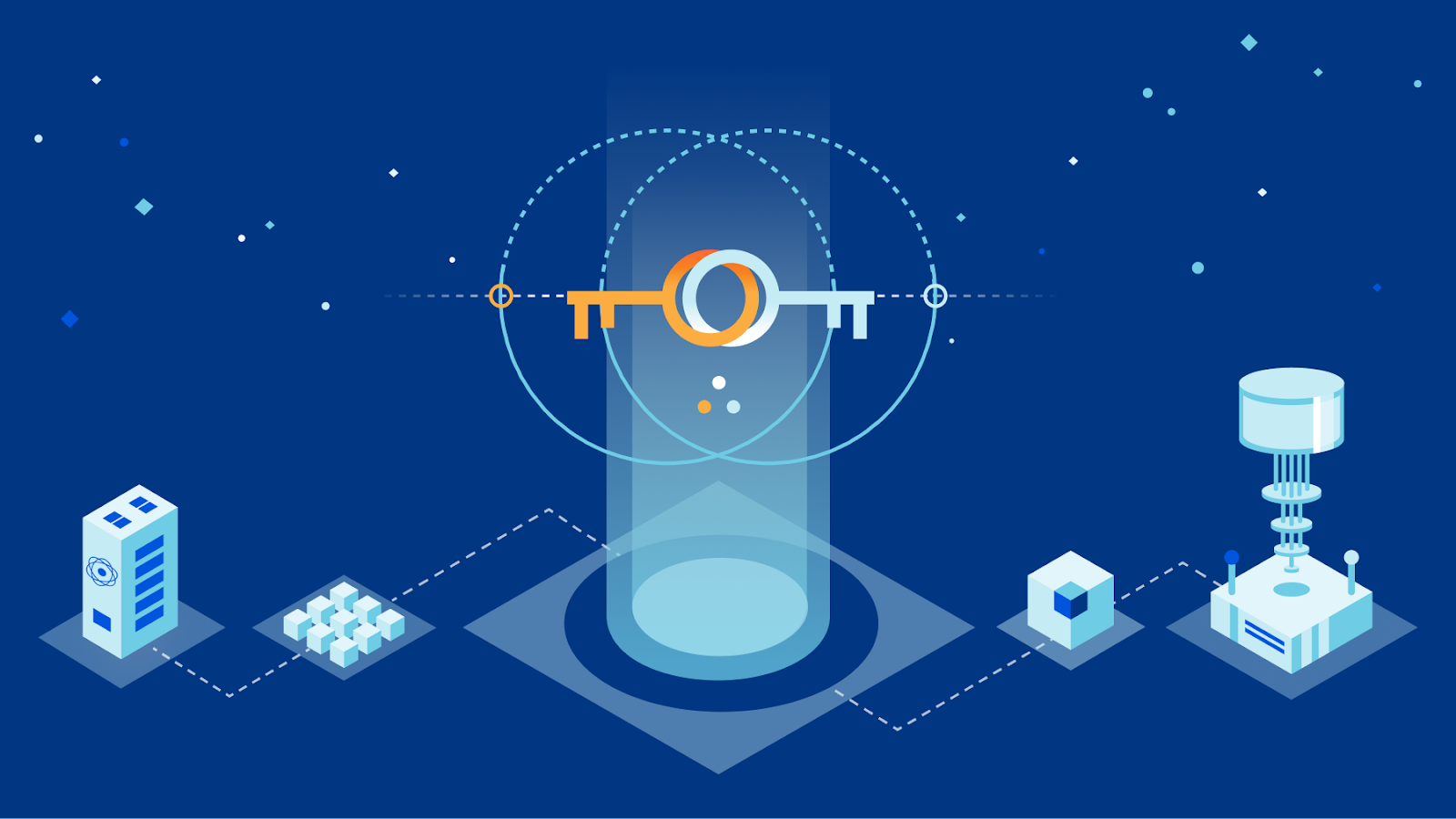

On Tuesday, the US National Institute of Standards and Technology (NIST) announced which post-quantum cryptography they will standardize. We were already drafting this post with an educated guess on the choice NIST would make. We almost got it right, except for a single choice we didn’t expect—and which changes everything.
At Cloudflare, post-quantum cryptography is a topic close to our heart, as the future of a secure and private Internet is on the line. We have been working towards this day for many years, by implementing post-quantum cryptography, contributing to standards, and testing post-quantum cryptography in practice, and we are excited to share our perspective.
In this long blog post, we explain how we got here, what NIST chose to standardize, what it will mean for the Internet, and what you need to know to get started with your own post-quantum preparations.
Our story starts in 1994, when mathematician Peter Shor discovered a marvelous algorithm that efficiently factors numbers and computes discrete logarithms. With it, you can break nearly all public-key cryptography deployed today, including RSA and elliptic curve cryptography. Luckily, Shor’s algorithm doesn’t run on just any computer: it needs Continue reading
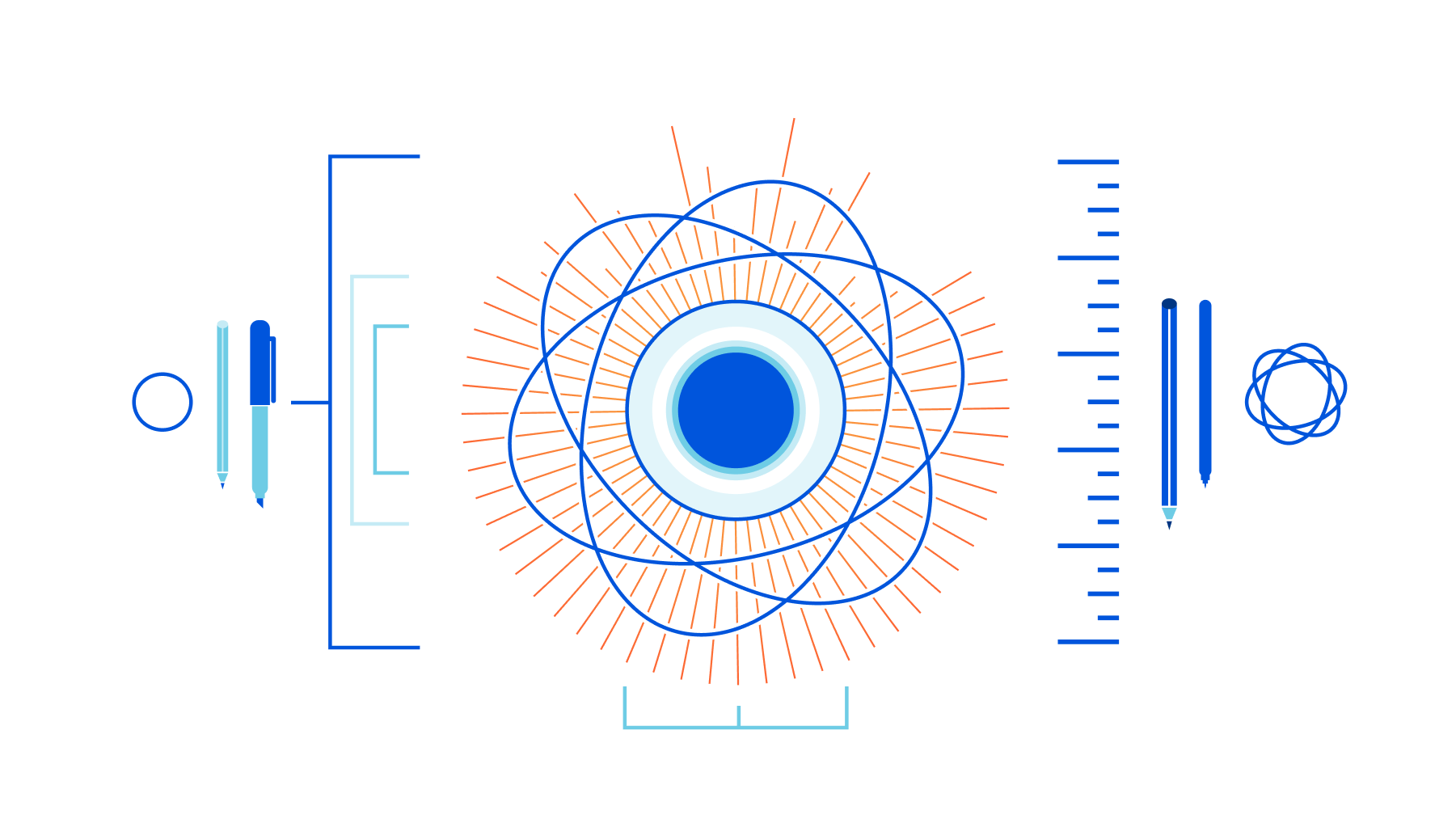
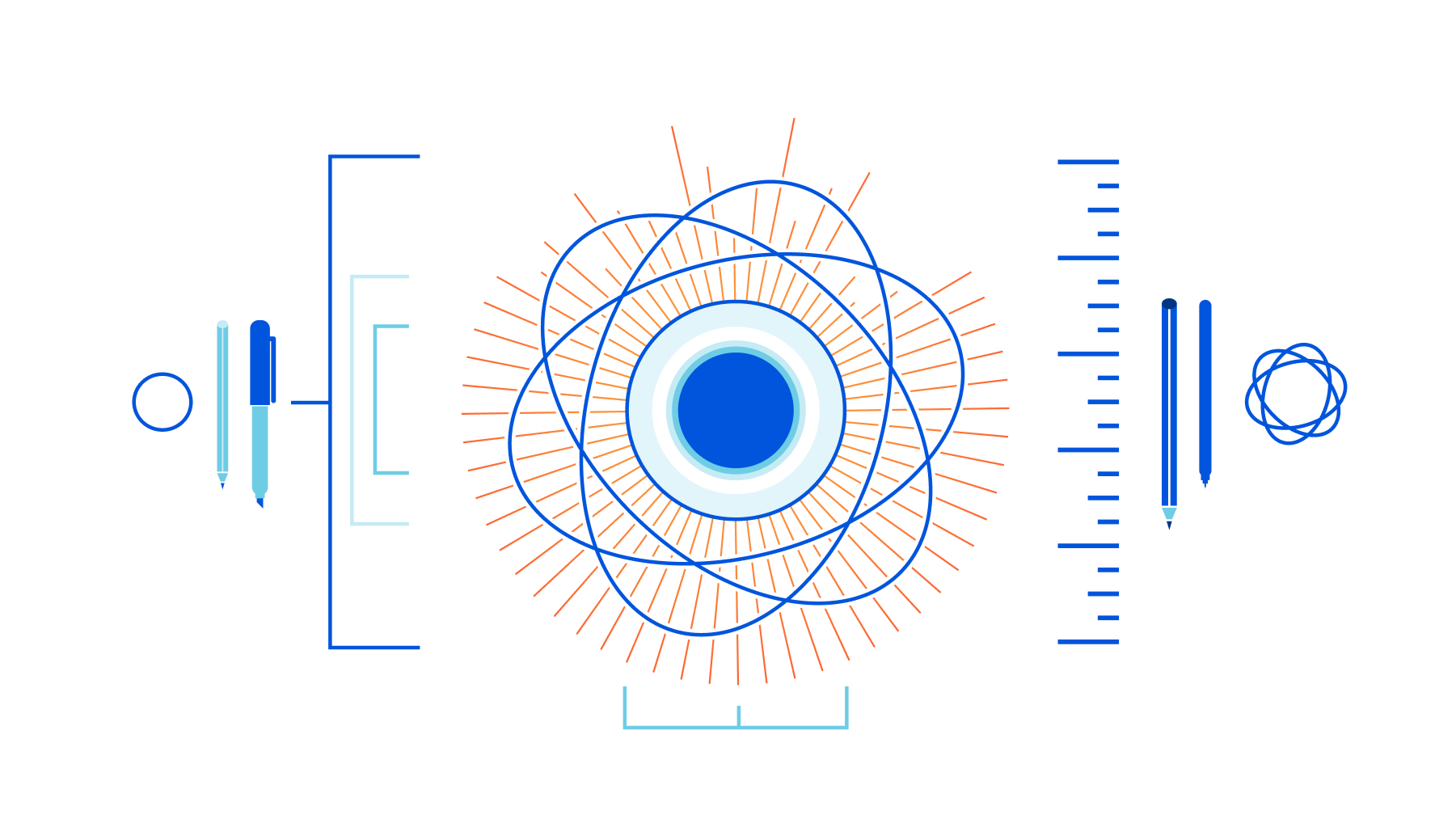
Quantum computers are a boon and a bane. Originally conceived by Manin and Feyman to simulate nature efficiently, large-scale quantum computers will speed-up innovation in material sciences by orders of magnitude. Consider the technical advances enabled by the discovery of new materials (with bronze, iron, steel and silicon each ascribed their own age!); quantum computers could help to unlock the next age of innovation. Unfortunately, they will also break the majority of the cryptography that’s currently used in TLS to protect our web browsing. They fall in two categories:
A moderately-sized stable quantum computer will easily break the signatures and key exchanges currently used in TLS using Shor’s algorithm. Luckily this can be fixed: over the last two decades, there has been great progress in so-called post-quantum cryptography. “Post quantum”, abbreviated PQ, means secure against quantum computers. Five years ago, the standards institute NIST started a public process to standardise post-quantum signature schemes and key exchanges. The outcome is expected to be announced early 2022.
At Cloudflare, we’re not just following this Continue reading